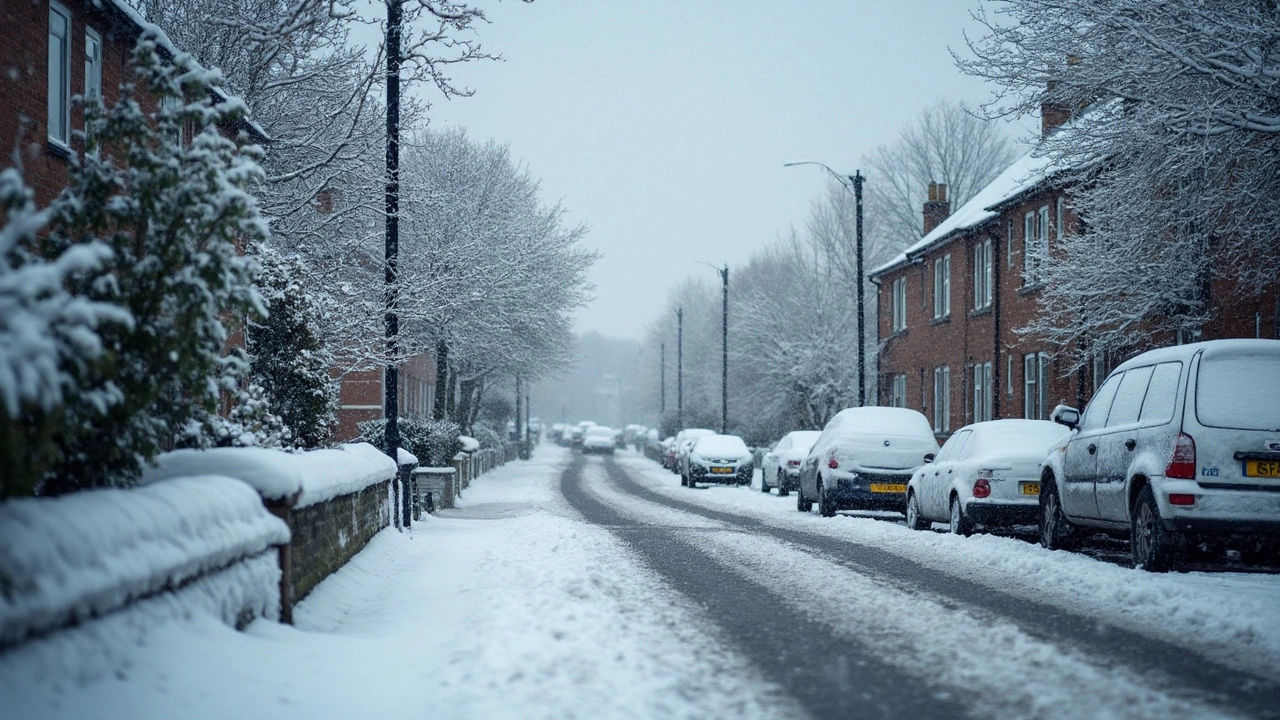Scotland Weather: What to Expect and How to Stay Ready
Scotland’s weather is famous for being changeable, and that’s not just a cliché. One minute you’re under bright sunshine on the Lowlands, the next you’re dodging a sudden downpour in the Highlands. If you know the basics before you set off, you’ll enjoy the scenery without getting drenched or freezing.
Right now the Met Office is showing a mix of rain and mild sunshine across most of the country. Temperatures sit around 12‑15°C (54‑59°F) in Glasgow and Edinburgh, while the Highlands hover a few degrees lower. Winds are picking up along the coasts, especially near the western islands, so a light windbreaker is a good idea.
Regional Climate Differences
Scotland isn’t a single weather zone. The east side – places like Aberdeen and the Borders – tends to be drier and a bit warmer, thanks to the sheltering effect of the mainland. Expect rain to be less frequent there, with clear skies more common in summer.
The west side, from Glasgow out to the Isle of Skye, feels the Atlantic’s full force. Rainfall is higher, clouds linger longer, and temperatures can feel cooler even when the thermometer reads the same as the east. If you’re heading to the Glens or the coastal towns, pack waterproof gear and a sturdy pair of boots.
The Highlands are a weather playground of their own. Summer days can reach 20°C (68°F) on a sunny ridge, but valleys can stay chilly and foggy. Autumn brings quick shifts – a sunny hike can turn into a misty trek within minutes. Winter brings snow to the higher passes, making routes like the A82 tricky. Always check local road alerts before you drive.
Practical Tips for Travelers
1. Layer up. A breathable shirt, a warm fleece, and a waterproof outer layer let you adapt as conditions change. Keep a hat and gloves handy, even in late spring.
2. Use a reliable forecast app. The Met Office app, BBC Weather, or AccuWeather give hour‑by‑hour updates and push alerts for sudden rain or wind warnings.
3. Plan indoor backup activities. Museums in Edinburgh, whisky distilleries in Speyside, or cozy cafés in Inverness are perfect when the rain decides to stay.
4. Watch road and ferry notices. The western islands rely on ferries that can be delayed by high seas. The Scottish government’s traffic website lists closures and weather‑related disruptions.
5. Respect the wind. Coastal cliffs can be dangerous when gusts exceed 30 mph. Stay away from railing edges and follow local advice.
For outdoor lovers, the best time to visit is late May to early September. Days are longest, daylight can stretch to 18 hours in the north, and the chance of a clear sky is highest. Even then, bring that rain jacket – it’s the one thing that never lets you down.
When you’re packing, think of the activities you’ll do. Hiking the West Highland Way? Waterproof trousers and sturdy ankle boots are a must. Golfing in St Andrews? A light windbreaker and a pair of gloves for early morning rounds will keep you comfortable.
Finally, keep an eye on local events. Festivals like the Edinburgh Fringe or the Highland Games often have weather contingency plans, moving outdoor stages under marquees or rescheduling matches. Checking the event’s website for updates can save you a lot of hassle.
Scotland’s weather may be unpredictable, but with a few simple steps you can stay dry, warm, and ready for anything the highlands, islands, or cities throw at you. So grab a map, check the forecast, and get out there – the scenery is worth every drizzle.
Yellow Weather Alert in Scotland: Snow and Ice Warning for Midlothian and West Lothian
A weather alert for snow and ice has been announced for Midlothian and West Lothian. Anticipate wintry conditions due to a mix of cold air and rain, with possible snow up to 5cm in hilly regions. Health advice is issued for vulnerable groups to guard against icy conditions.









